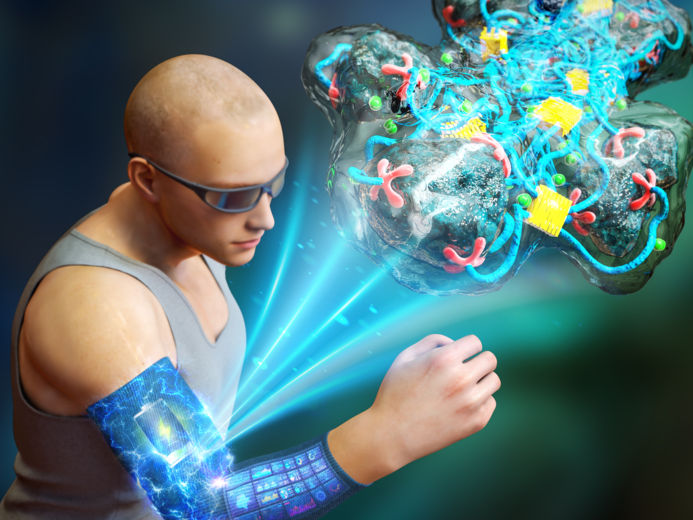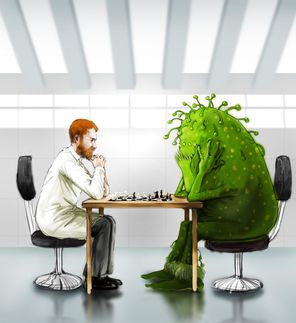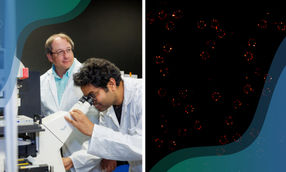New killing mechanism discovered in 'game-changing' antibiotic
If made suitable for humans, it would mark the first new class of antibiotic drug for 30 years
Scientists at the University of Liverpool and University of Utrecht have taken another step forward on their quest to develop a viable drug based on teixobactin - a new class of potent natural antibiotic capable of killing superbugs.
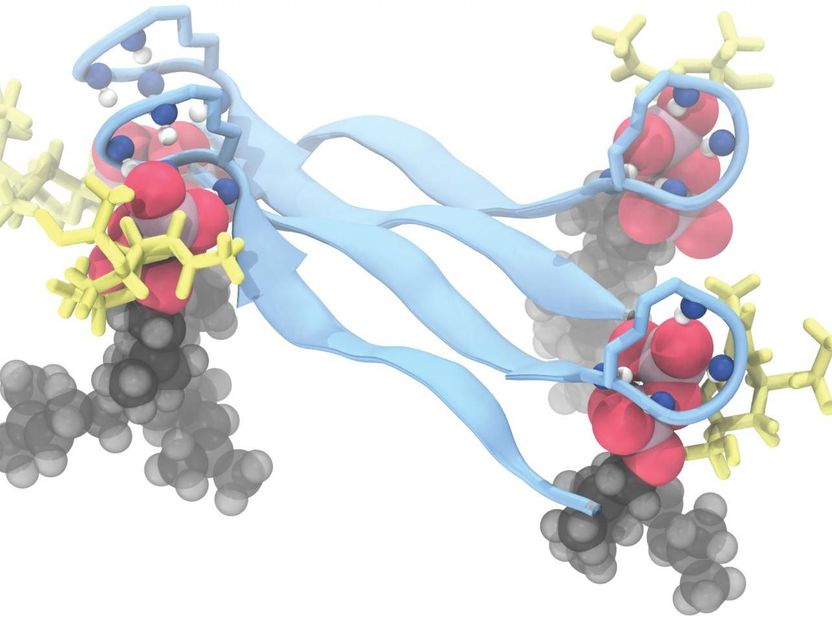
Teixobactin structure
Shukla, R et al.
Research published in Nature Communications provides fundamental new insights into how teixobactins kill bacteria, including the discovery of a new killing mechanism that could help inform the design of improved teixobactin-based drugs.
Teixobactin was hailed as a 'game changer' when it was discovered in 2015 due to its ability kill multi-drug resistant bacterial pathogens such as MRSA without developing resistance. If made suitable for humans, it would mark the first new class of antibiotic drug for 30 years.
Dr Ishwar Singh, an expert in Antimicrobial Drug Discovery and Development and Medicinal Chemistry at Liverpool's Centre of Excellence in Infectious Diseases Research, has led pioneering research over the past six years to develop teixobactin-based viable drugs. His research team was the first in the world to successfully create simplified synthetic forms of teixobactins which are effective in treating bacterial infections in mice.
Dr Singh explained: "We know that the therapeutic potential of simplified synthetic teixobactins is immense, and our ultimate goal is to have a number of viable drugs from our synthetic teixobactin platform which can be used as a last line of defence against superbugs to save lives."
In collaboration with NMR expert Professor Markus Weingarth at the University of Utrecht, the team used high resolution solid state NMR, and microscopy to show, for the first time, how synthetic teixobactins bind to lipid II (an essential component of the bacterial membrane) and kill the bacteria.
Dr Singh said: "It had been assumed that teixobactins kill the bacteria by binding to bacterial cell wall bricks such as lipid II, but never shown until now. Our work also suggests that teixobactins kill the bacteria by capturing lipid II in massive clusters, a new killing mechanism, which we were excited to discover."
Antimicrobial resistance (AMR) is a grave threat to human health and prosperity. The O'Neill report, commissioned by the UK government and published in 2016, suggests that without action AMR will cause the deaths of 10 million people a year by 2050. The development of new antibiotics is therefore a crucial area of study for scientists around the world.
Dr Singh added: "A significant amount of work remains in the development of teixobactins as a therapeutic antibiotic for human use. Our study is a real step in right direction and opens the door for improving teixobactins and moving these toward clinic.
"So far, we have demonstrated that we can make teixobactins which are effective in treating infections from resistant bacterial pathogens and understand their binding modes in a bacterial membrane. Now we need to expand our understanding on mode of action on a library of teixobactins with different bacterial membranes to develop a catalogue of molecules which have potential to become a drug for human use."
Original publication
Other news from the department science

Get the life science industry in your inbox
By submitting this form you agree that LUMITOS AG will send you the newsletter(s) selected above by email. Your data will not be passed on to third parties. Your data will be stored and processed in accordance with our data protection regulations. LUMITOS may contact you by email for the purpose of advertising or market and opinion surveys. You can revoke your consent at any time without giving reasons to LUMITOS AG, Ernst-Augustin-Str. 2, 12489 Berlin, Germany or by e-mail at revoke@lumitos.com with effect for the future. In addition, each email contains a link to unsubscribe from the corresponding newsletter.
Most read news
More news from our other portals
Last viewed contents
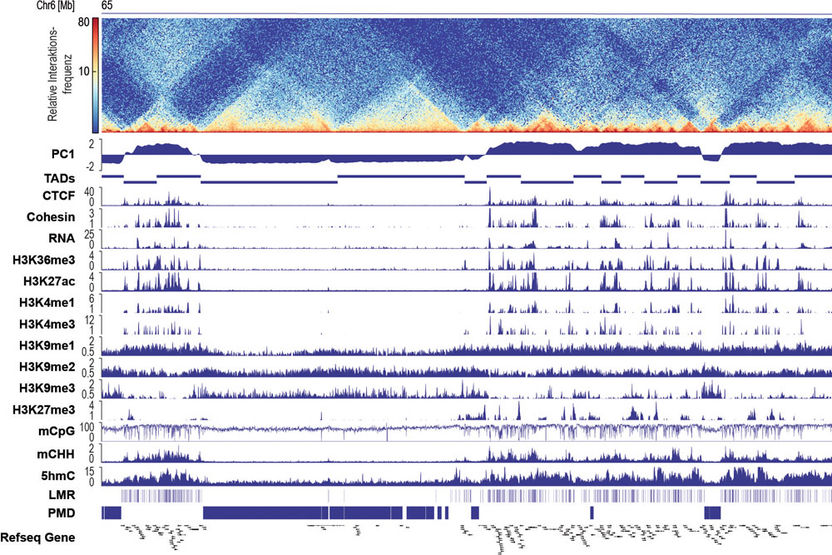
The main switch - 3D-DNA folding provides important epigenetic mechanisms in the formation of cardiac muscle cells
Hemopure
Category:Pollination_management
Roy_Anderson_(zoologist)
Strobilomyces
Kim_Janda
Audouinella
Sarah_Darby
DCMP_deaminase
